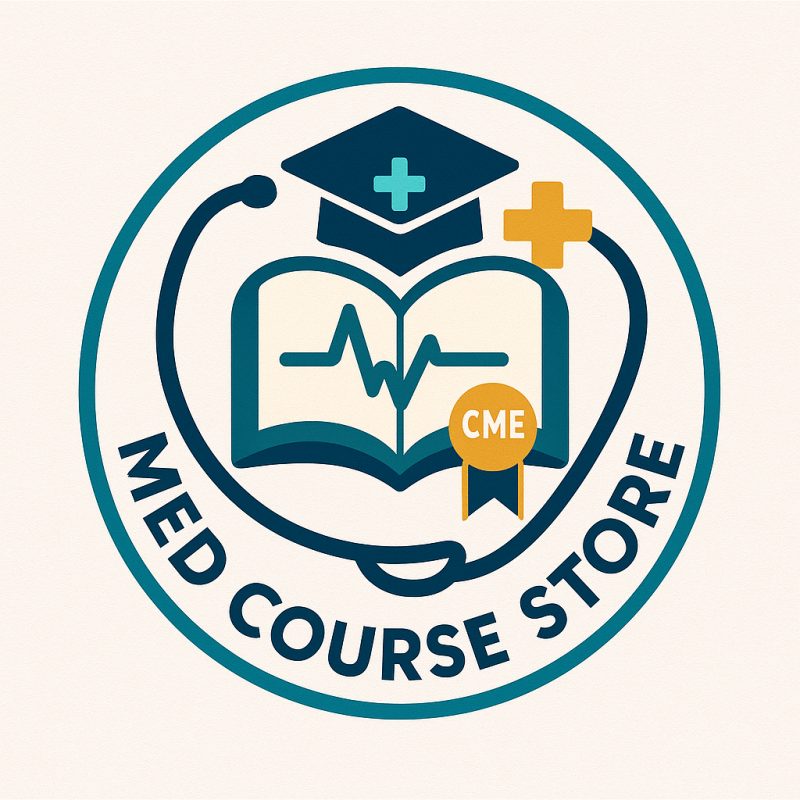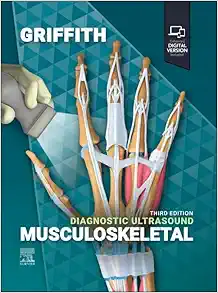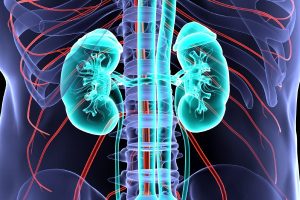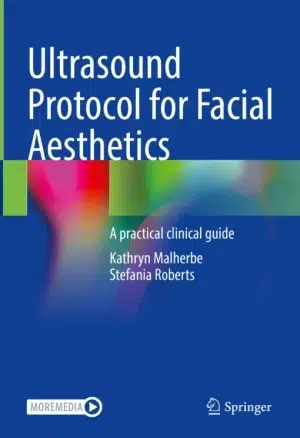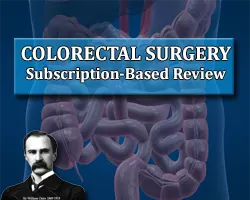Comprehensive Review of Pain Medicine 2025
$26
Comprehensive Review of Pain Medicine 2025
Include: 47 videos 2 pdfs, size: 9.38 GB
Pain Medicine CME: Expert Guidelines and More
Comprehensive Review of Pain Medicine is an online CME program designed to help you evaluate, diagnose, and treat your patients who are experiencing pain. You’ll learn to identify and manage the undertreatment of pain, as well as potential complications of overtreatment or incorrectly prescribed medications or interventions.
Clinically active, multidisciplinary faculty share guidelines for assessment of a patient’s unique situation and their experienced perspectives regarding the links between pain treatment and disease mechanisms. Along with clinical updates in musculoskeletal pain, neuroaugmentation, and cancer-related pain, featured continuing medical education topic areas include:
- Managing the medical-legal risks of chronic opioid prescribing
- Healthcare disparities and underserved patients in pain medicine
- Pain practice management
- Advances in pain physiology and treatment
- Interventional pain procedures
Date of Original Release: March 31, 2025
Learning Objectives
At the completion of this course, you should be able to:
- Differentiate between shoulder pain and cervical pain
- Describe the importance of diversity, equity, and inclusion to successful management of patients with pain
- Explain the difference between nociplastic pain and nociceptive pain
- Describe a comprehensive and holistic interdisciplinary approach to managing chronic pain
- Recognize the overlap of pain and mood when treating suffering and emotional distress
- List the etiologies of orofacial pain
- Summarize the neurophysiology of DRG stimulation
- Recognize the comorbidity of chronic pain, PTSD, and traumatic brain injury in veterans
- List the interdisciplinary tools available to treat thoracic back pain
- Identify bony, vascular, nerve, and muscular anatomy of the hip
- Explain how spinal cord stimulation effectively treats refractory visceral pain syndromes
- Describe the importance of careful patient selection and knowledge of limitations and risks when deciding on an interventional therapy
- List the types of Parkinson’s disease-related pain
Intended Audience
This educational activity was designed for anesthesiologists, neurologists, psychiatrists, emergency physicians, physical medicine and rehabilitation physicians, dentists, oral surgeons, internists, and family physicians.
Topics:
01 Health Disparities & Inequities in Healthcare – Pain Medicine – Mar¡a Jos‚ Luna.mp4
02 Navigating the Current Landscape of Opioid Prescribing and Government Oversight – Mark B. Marein, Esq, and Richard H. Blake, Esq.mp4
03 Diversity, Equity, Inclusion in Pain Medicine from Patients to Physicians – Heejung Choi, MD.mp4
04 Understanding Pain Disparities – Are There Racial Differences in Pain Perception – Robert Edwards, PhD.mp4
05 Veterans and Chronic Pain – Meeting Their Needs – Sofia E. Matta, MD.mp4
06 Pain Management and Value Based Healthcare – Dina Hourican.mp4
07 mHealth and Pain Medicine – Use of a Pain App in Research and Clinical Practice – Robert N. Jamison, PhD.mp4
08 Interdisciplinary Pain Management – The Role of the Mid-Level – Caitlin Brauneis, PA-C.mp4
09 Chronic Disease and Pain – Balancing Life and Treatment – Caitlin West, MBA.mp4
10 Social Media and Pain Management Practice Development – David Hao, MD.mp4
11 Evidence-Based Medicine, AI-Supported Decision Making – Improving Treatment Outcomes – David R. Guydan, MBA.mp4
12 Shoulder Pain – Louis A. Bley, MD.mp4
13 Upper Extremity Pain – Brian Schurko, MD.mp4
14 Hip Joint Pain – Vito L. Pugliano, MD.mp4
15 Knee Joint Pain – Lucas Buchler, MD.mp4
16 Cervical Spine Pain – Nitin K. Sekhri, MD.mp4
17 Management of Thoracic Spine Pain – James M. Mossner, MD. MS.mp4
18 Lumbar-Sacral Spine Pain – Nitin K. Sekhri, MD.mp4
19 Minimally Invasive Spinal Pain Management – Advanced Treatment Options – Mehul Sekhadia, DO.mp4
20 Endoscopic Spine Surgery – Sanjeev Kumar, MD.mp4
21 Piriformis Syndrome – Dost Khan, MD.mp4
22 Alternatives to Procedural Sedation – Virtual Reality – Jason D. Ross, MD.mp4
23 Deep Brain Stimulation for Pain – Time to Re-evaluate – Josh M. Rosenow, MD, FAANS, FCNS, FACS.mp4
24 Virtual Reality and Real-World Effects – Gerard J. Stanley, Jr., MD.mp4
25 Visceral Pain and Stimulation – Edgar L. Ross, MD.mp4
26 New Devices, New Targets and Approaches – Peripheral Neurostimulation Advances – David M. Dickerson, MD, FASA.mp4
27 The Dorsal Root Ganglion – Reassessment as a Treatment Option – Timothy R. Lubenow, MD.mp4
28 Restorative Neuromodulation – R. Jason Yong, MD.mp4
29 Facial Pain Evaluation and Management – An Overview – Brittany Klein, DDS.mp4
30 Neurodegenerative Disorders and Chronic Pain – Lessons from Parkinsonism – Charlie Weige Zhao, MD.mp4
31 Functional Neurosurgery and Pediatric Pain Management – Jeffrey S. Raskin, MS, MD, FAANS, FAAP.mp4
32 Neuraxial Drug Delivery – Disruptive Advances in Neuraxial Therapeutics – Tony Yaksh, PhD.mp4
33 Palliative Sedation and Medical Assistance in Dying (MAID) Failure of Palliative Care – Susan B. LeGrand, MD, FACP, FAAHPM.mp4
34 Managing Pain in Cancer Survivors – Olivia M. Sutton, MD.mp4
35 Cancer Pain – Beyond the Pump – R. Jason Yong, MD.mp4
36 Cancer is Chronic Disease – Why is Pain Still a Problem – Arti Ori, MD.mp4
37 From the Synapse to Consciousness – Understanding Pain – Apkar Vania Apkarian, PhD.mp4
38 Ketamine for Pain – A Review of Current Evidence – Steven P. Cohen, MD.mp4
39 Nociplastic Pain – Steven P. Cohen, MD.mp4
40 Imaging Research to Clinical Care – Advancing Pain Treatment Options – Joana Barroso, MD, PhD.mp4
41 Basic Science Update – New Targets and Options for Pain Treatment – Paulo Branco, MD.mp4
42 Chronic Pain and Psychological State – Background Issues and Treatment Strategies – Robert N. Jamison, PhD.mp4
43 Trauma and Pain – Edgar L. Ross, MD.mp4
44 Pain and Psychiatry – The Pharmacologic Bridge – Antoine Douaihy, MD.mp4
45 Medical Cannabis – Time for Reassessment – Leslie Mendoza Temple, MD.mp4
46 Neurolytic Procedures – New Targets, New Approaches – Mansoor Aman, MD.mp4
47 Alternatives to Epidurals – Peripheral Catheters for Postop Pain Management – Tolga Suvar, MD.mp4
Questions.pdf
Syllabus.pdf
